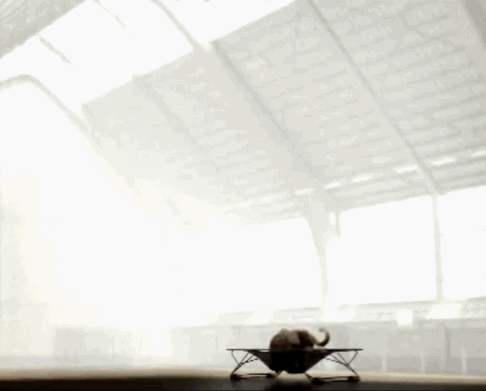This thread has been thought-provoking and I'd like to define / clarify some things as I understand them so those "under-informed"(like myself) may benefit.
CANPA - constant angle non-precision approach. Is this standard in 121? Is it a required technique, or do you have the option to "dive and drive"? Sounds the same / similar to CDFA, but I can't find reference to it in my 135 material.
CDFA - continuous descent final approach. Referenced at the end of C073 (which is
here) states that the operator may choose to use a continuous descent rate (instead of "dive and drive"), but MUST begin a missed approach above the published MDA so as not to descend below the MDA during the missed.
Our ops spec C073 reads as giving us a choice to fly the approach as a "dive and drive" or as using MDA as a DA/DH.
OPS SPEC C073 - Basically says that if you have a non-precision approach to fly, you may fly it using the MDA as a DA/DH as long as a bunch of requirements are met, specifically:
- The approach you want to fly is to a runway that also has a precision approach (ILS, MLS, LDA, or RNAV/GPS with published LNAV/VNAV DA), or to a runway with a VASI / PAPI
AND
your desired non-precision approach has a flight-path angle (GS or vertical descent angle) the same or greater than the precision approach or VASI / PAPI to the same runway.
As explained by @
Zephyr, this is a TERPS protection so you have a protected glidepath to the runway.
If these requirements aren't met, C073 says you can still use a CDFA, but must execute the missed so as not to go below the MDA, since that chunk of airspace does not meet TERPS requirements for a precision approach.
Back to the OP - it looks to me like if you're going to fly a CDFA / CANPA / DA in lieu of MDA, you better make sure the runway you're going to has been TERPS-stamped for a precision approach, or you better go missed without going below MDA. Otherwise you aren't protected.


